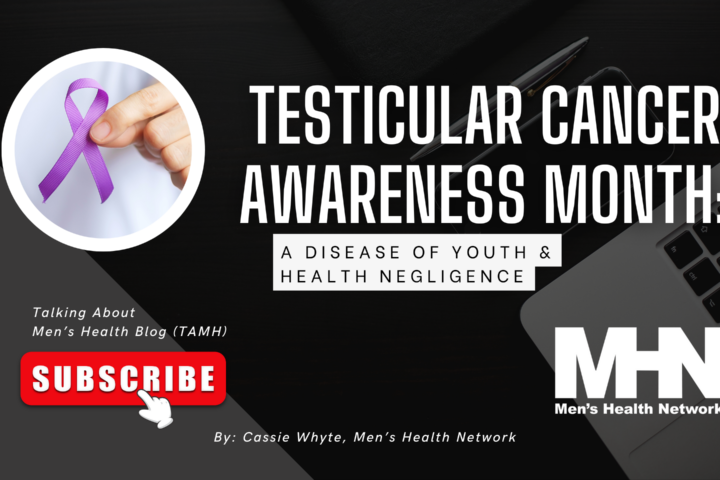Anyone who’s ever looked at suicide statistics knows that men are 3-4 times more likely to kill themselves than women are (women, however, attempt suicide more). But what a lot of people don’t realize is that men in lower socio-economic groups—especially men in their 30s, 40s, and 50s—are significantly more likely to commit suicide than men in higher income brackets. (A man’s “socio-economic group” can depend on his level of education, income, job, or even where he lives.)
There’s no question that there’s a major mental health issue here. Depression, anxiety, and feelings of hopelessness play an important role. But according to a fascinating new study done in England, there are a number of other factors the greatly increase men’s vulnerability to suicide.
One of the biggest is the changing definition of what it means to be a man in western society. One of the major building blocks of men’s identity as men comes from our employment, with an emphasis on whether or not we can support our families. The current recession has been called the “man-cession” because the overwhelming percentage of people who’ve lost a job are men. Over the past few decades, our economy has gradually shifted from one based on production and labor (traditional places where men work) to service (traditionally female). And with millions of manufacturing jobs being sent overseas, blue collar men have been especially hard hit.
Men who aren’t working (or, in some cases, aren’t making as much as their wife) can come to see themselves as less-than-masculine. Results include depression, alcohol and drug abuse, an increase in risky behavior, and suicide. And of course other factors contribute to unemployment or underemployment. Lack of education being one. Divorce and relationship breakups being another (men are generally hit harder by breakups than women in part because men rely on their partners for emotional support, while women tend to rely on other women). Again, the result is increased suicide risk.
Clearly, we have to do something to reduce men’s suicide risks. One obstacle to doing that has been the fact that our mental health and social services systems are set up largely to care for women. Men’s depressive symptoms—which are different from women’s—are often overlooked. Doctors don’t ask men about whether they’ve lost their jobs or been through a divorce. And no one asks men whether they’re feeling masculine or not. This has to change.
The report, produced by a British charity called Samaritans, makes some excellent recommendations designed to save the lives of the thousands of men who take their own lives. Here are a few. If you’re interested in looking into this more, you can read the full report here: https://www.samaritans.org/sites/default/files/kcfinder/files/Men%20and%20Suicide%20Research%20Report%20210912.pdf
The recommendations:
- Ensure that suicide prevention strategies include explicit aims to reduce socio-economic inequalities and gender inequalities in suicide.
- Inform suicide prevention measures with an understanding of men’s beliefs, concerns and contexts – in particular their views of what it is to ‘be a man’.
- Enable inter-agency working to address the multiple difficulties experienced by men in mid-life, through clear allocation of responsibility and accountability for suicide prevention at local level.
- Support GPs to identify and respond to distress in men, recognizing that GPs are the most likely formal source of help to be consulted by this age-group.
- Provide therapies which address the specific psychological factors associated with suicide – particularly, for men, social and emotional skills, managing stress and the expectations of others.
- Develop innovative approaches to working with men that build on the ways men do ‘get through’ in everyday life.
- Join up alcohol and drugs strategies and services with suicide prevention, recognizing the links between substance misuse, masculinity, deprivation and suicide.
- Recognize the profound role of social disconnection in the suicide risk of men in mid-life, and support men to build social relationships.
- Assist men excluded from the labor market to (re)enter employment



